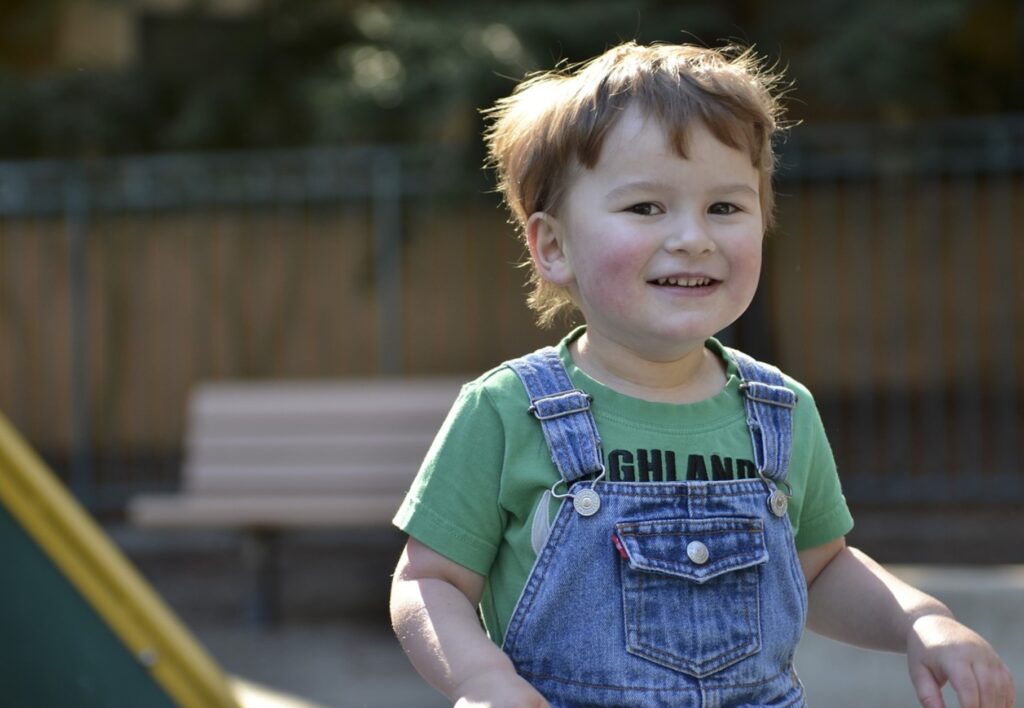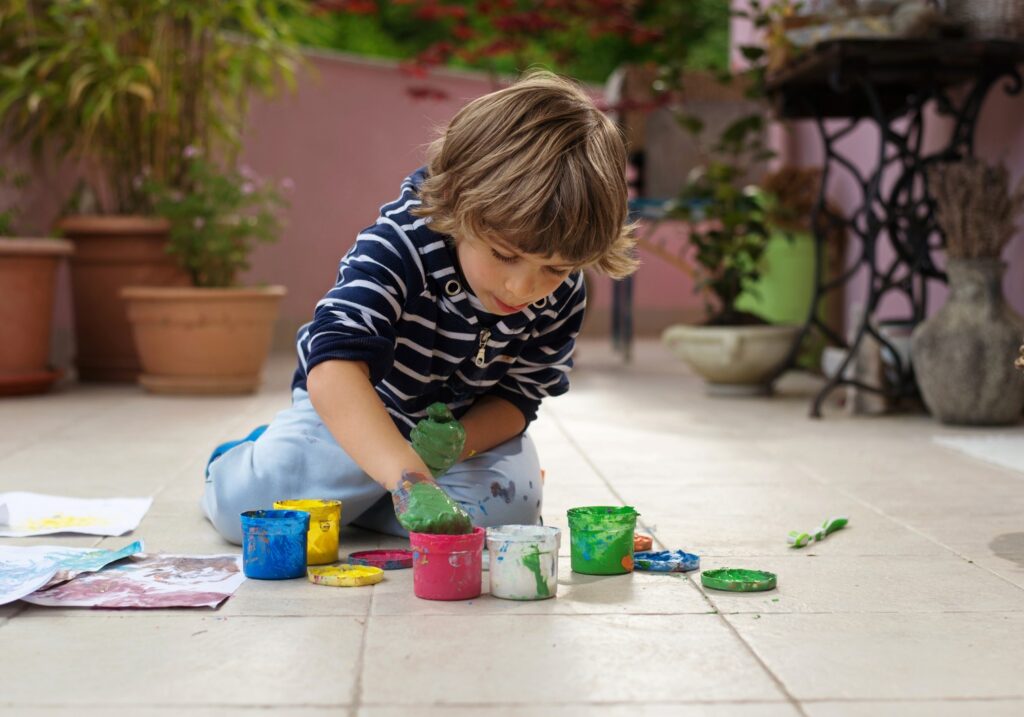We are fortunate enough to live in times where we are able to learn and understand more and more about the human condition. In the past, autism was misunderstood, and in turn, the people who had it struggled greatly in society and life as a whole. Autism is a complicated condition that normally affects children, manifesting itself in problems related to communication and behavior.
The condition affects the children’s learning capabilities, and they often encounter challenges in expressing themselves. The affected children also struggle to develop various social and life skills. However, having autism does not mean the end of the world for the affected children since certain methods can be used to teach them, allowing them to lead full and happy lives. This is why we’ve created this simple and efficient guide that will help in teaching a child with autism.
Identify the Child’s Strengths

Everyone has their own strengths and weaknesses, and when it comes to a child that has been diagnosed with Autism, it is all the more important that you pay attention and single out what they excel at. Every child has got some strengths that you should carefully observe so that you design a teaching plan that can effectively enhance them. For instance, many kids with autism are good at things like arts and crafts, which should be encouraged.
All talents and interests should be encouraged since these can be transformed into helpful skills in the future that can help improve the welfare of an individual with autism. The other thing that you should know is that some kids with autism get fixated on certain subjects. Identify what the child likes most and use the subject to motivate them to learn. Another factor to keep in mind is that by encouraging them to work on their strengths, this gives them a certain peace of mind and purpose.
The positive reinforcement will make working on their weakness all the more easier because there will be a sense of balance. If you only focus on their weaknesses, this can be stressful for them, as well as for yourself.
Incorporate Storytelling

The power of storytelling has been a part of numerous cultures for centuries, and for good reason too. Storytelling is an efficient teaching strategy that can help a child with autism learn different things that can change their behavior. For instance, a social story can help illustrate specific problems and situations and how people address them. When you use these social stories for autistic children from this site, you can help the affected kids understand different social norms as well as teach them to communicate with others. Social stories are designed to help children with autism respond appropriately to daily events and situations.
Additionally, stories help children learn some essential social skills and understand their behavior better. Incorporating social stories in your teaching plan helps reinforce positive behavior while at the same time encouraging the autistic children to use their imagination to understand the world around them. It also helps autistic children cope with different challenges they encounter and manage emotions, such as anger and happiness.
This will also help the children to develop good relationships with others, which helps them accomplish different tasks.
Keep in Touch with the Mother

It is important to constantly stay in touch with the mother so that you can share the challenges that you encounter when teaching her child. The mother should know when you are concerned about her child, and she should also receive regular feedback on her child’s development.
This can help you figure out how you can effectively assist the child together with the mother. In most cases, the mothers best understand the behavior of their children as well as their interests, which can help you as a teacher in tailoring a teaching plan that suits the unique needs of the affected kids. It’s important to note that the progress is useless if everyone involved in the child’s life is not a part of it and isn’t well informed about it. It’s important for the child’s family, friends and loved ones to be aware of their progress and to participate in it as well to really get long term effective results.
Use Visuals

People with autism usually learn and understand better through the use of visuals. Autistic kids do not learn like other pupils who are not on the spectrum; they understand pictures and other visuals better than verbal language. When you are illustrating or explaining a concept, it is important to use visuals, such as picture cards, to help children with autism understand better. You should also avoid using long strings of verbal instructions since these can pose some challenges to children with autism.
Try your best to have these on you at all times in order to ensure that you are always ready to communicate in the way that suits the child best. It allows the child to know that they always have a means of expressing themselves in case they are struggling with doing so.
Create a Conducive Learning Environment

It is important to create a conducive and safe learning environment that will not deter the attention of children with autism. For instance, loud noises like PA systems, school bells, as well as the sound of chairs scratching on the floors, usually aggravate children with autism. It is crucial to ensure that you find a good learning environment with carpets on the floors to minimize the impact of noise that can affect autistic kids. You should also choose a room that is far from the school bell and avoid places with vivid visuals that can cause distraction among the kids. The goal is to adjust the environment to create as little distraction and stress as possible, while also providing the right kind of stimulants and visuals.
As you can see, it is possible for autistic children to learn and develop different skills that can enhance their lives. There are different methods that can be adapted to teach children with autism, such as social stories that can be designed to suit the unique needs of different kids. It is also important to identify the strengths of the child so that you can design a suitable curriculum for them.
Many children with autism can learn quickly with the help of visuals, granted that you play an active role in nurturing their talents.





